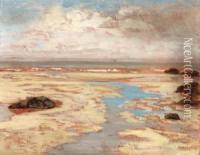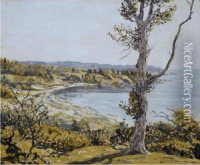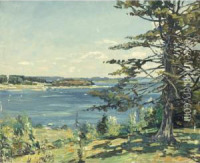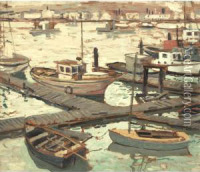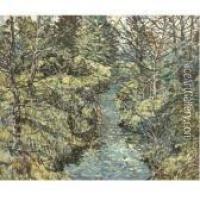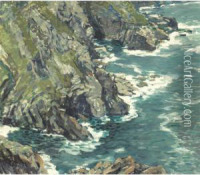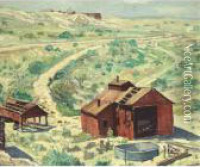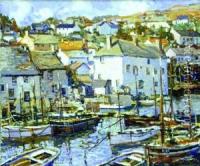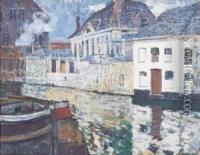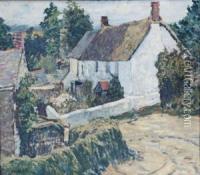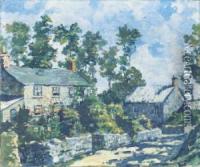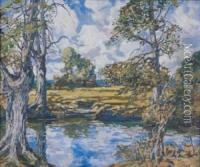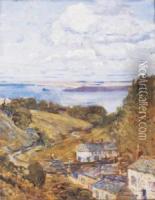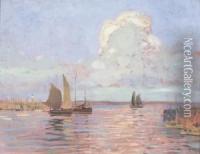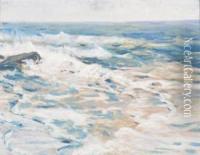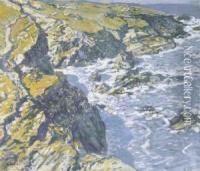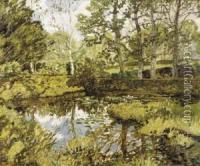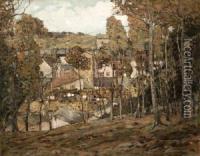Walter Elmer Schofield Paintings
Walter Elmer Schofield was an American painter known for his vibrant landscapes and was a member of the Pennsylvania Impressionist school. Born on September 10, 1866, in Philadelphia, Pennsylvania, Schofield was one of the notable American artists who gained international acclaim during his lifetime. He studied at the Pennsylvania Academy of the Fine Arts in Philadelphia and later in Paris at the Académie Julian, where he absorbed the French Impressionist influences that would shape his style.
Schofield’s robust, colorful landscapes reflected his interest in the effects of light and atmosphere. After his education, he spent much of his time in Europe, particularly in England and France, where he painted the rural countryside. His works often depict scenes from the rugged Cornish coast and the rolling hills of the Cotswolds, as well as the French and American landscapes. In these settings, Schofield was able to capture the changing seasons and varying weather conditions, which added a dynamic element to his work.
Throughout his career, Schofield was recognized for his contributions to American art. He was elected as a member of the National Academy of Design in New York and also became an associate of the Royal Society of British Artists. His paintings were exhibited widely and received numerous awards, both in the United States and abroad. Schofield’s work is characterized by its bold use of color, vigorous brushwork, and a strong sense of composition, all of which helped to convey his deep appreciation of nature.
Walter Elmer Schofield continued to paint throughout his life, maintaining studios in both the United States and England. He remained active in the art community, inspiring other artists with his dedication to capturing the landscape’s beauty. Schofield died on March 1, 1944, in Moreland Hills, Ohio, leaving behind a legacy of influential landscape paintings that continue to be admired and studied for their contribution to the Impressionist movement in America.
